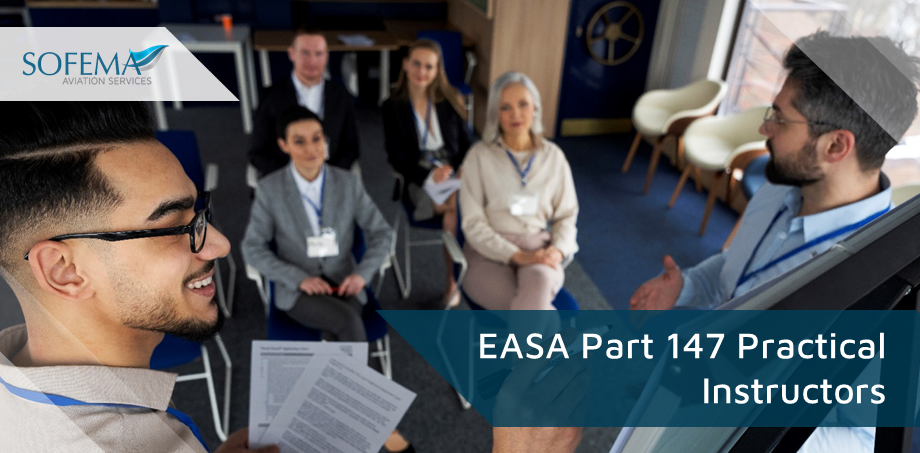EASA recognizes the pivotal role that Part 147 Practical instructors, examiners, and assessors play in ensuring that aviation professionals are adequately trained and competent in their respective roles.
EASA’s stance is clear: while they might not provide a specific curriculum for “train-the-trainer” or “train-the-examiner/assessor” courses, they strongly recommend that professionals, in these roles undergo dedicated training on instructional and assessment techniques.
Whilst EASA does not issue Instructor licenses or equivalent, permanent or contracted instructors can only exercise instruction privileges through the approval of a Training Organisation.
- Instructors are nominated by the approved organisation, which keeps detailed records of their qualifications and is audited by the authority.
- Their authorised scope of activity is then stated on the Terms of Reference provided to the instructors, as well as on the instructor/ examiners/ assessors approved list.
This is where the EASA Part 147 Practical Instructor Training Courses come into play
- An effective Practical Instructor should be both knowledgeable as well as adept at imparting that knowledge.
Reality Check – Being an expert in a particular subject does not automatically make one an effective instructor.
- There’s a significant difference between knowing something and teaching it.
- This distinction is crucial and it should be understood that without the right instructional techniques, there will likely be a struggle to convey adequate knowledge to others.
Concerning Practical Assessors
Practical assessors are expected to meet the same criteria as the Practical instructor of the concerned elements.
Practical assessors, in the EASA framework, are held to the same standards as the Practical Instructors for the elements they assess. This uniformity ensures that there’s no discrepancy in the quality and standards of instruction and assessment. It ensures that students receive consistent training and evaluation, irrespective of who is instructing or assessing them.
- This ensures uniformity in standards and quality of instruction and assessment. Examiners, on the other hand, bear the responsibility of upholding the examination standards as stipulated by Part 66. Their role is not just to evaluate but to ensure the highest integrity in the examination process, as highlighted in GM 147.A.105(g).
Concerning Examiners
- Examiners have an important role. While they evaluate students, their primary responsibility is to uphold the examination standards as defined by Part 66.
o This role goes beyond mere evaluation. Examiners are the gatekeepers of quality, ensuring that the examination process is not only rigorous but also maintains the highest levels of integrity, as emphasized in GM 147.A.105(g).
Next Steps
Follow this link to our Library to find & download related documents for Free.
Please visit www.sassofia.com or see the following course EASA Part 147 Practical Instructors, Examiners/Assessors Training – Initial – 2 Days for comments or questions please contact team@sassofia.com
Tags:
EASA Part 66, Train The Trainer, EASA Part 147, Examination Process, SAS blogs, Aviation Professionals, EASA Part 147 Practical Assessor, SAS Library, train-the-examiner/assessor, Training Organisation, Practical Instructor, the EASA framework




